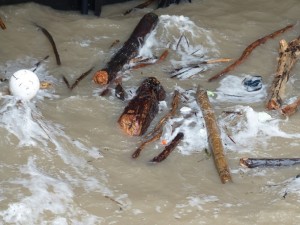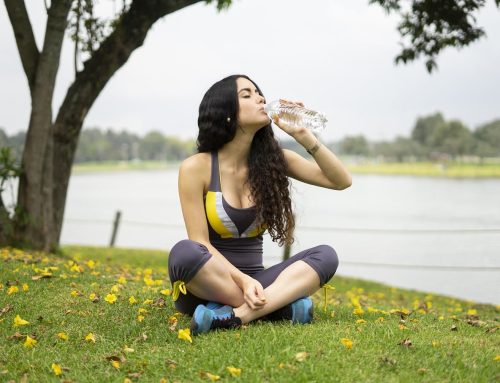 We need our drinking water to be as pure as possible, free of pollution and toxins, but sometimes that is easier said than done. As to what the toxins and pollutants are that can or are already polluting our drinking water, there are many.
We need our drinking water to be as pure as possible, free of pollution and toxins, but sometimes that is easier said than done. As to what the toxins and pollutants are that can or are already polluting our drinking water, there are many.
Water pollution is classified as being any chemical, biological, or physical alteration in the quality of a body of water that has a negative effect on anything living that uses or drinks that water. Polluted water is unsuitable for use as drinking water as it can have direct negative health consequences.
Water pollutants come in various forms, including:
- Pollutants such as protozoa, viruses, and parasitic worms which are generally found in sewage systems, bacteria, and untreated waste, and are known as disease-causing agents;
- Pesticides, plastics and oils are pollutants that are toxic to animals that live in the water, to plant life, and to humans who drink it;
- Pollutants such as waste materials which decompose via oxygen-requiring bacteria and use up the oxygen levels in the water causing the death of various organisms, including the fish, are called oxygen-demanding wastes;
- Water-soluble phosphates and nitrates are also pollutants which result in an excessive growth of algae and other water plants that eventually starve the water of oxygen, killing fish; they can also cause the death of young children who drink that water;
- Toxic metals, acids and salts known as water-soluble inorganic pollutants make the water unfit to drink and kill all aquatic life;
Other pollutants that can make a body of water unfit for use include Suspended Sediment, which is a highly dangerous type of water pollution because it exhausts the water’s light absorption ability, allowing pesticides and the like to spread throughout the water.
The most dangerous water pollutants of all though, have to be water-soluble radioactive compounds because the can cause cancer, birth defects, and genetic damage.
Get bottled water coolers and mains water coolers from Living-Water.





